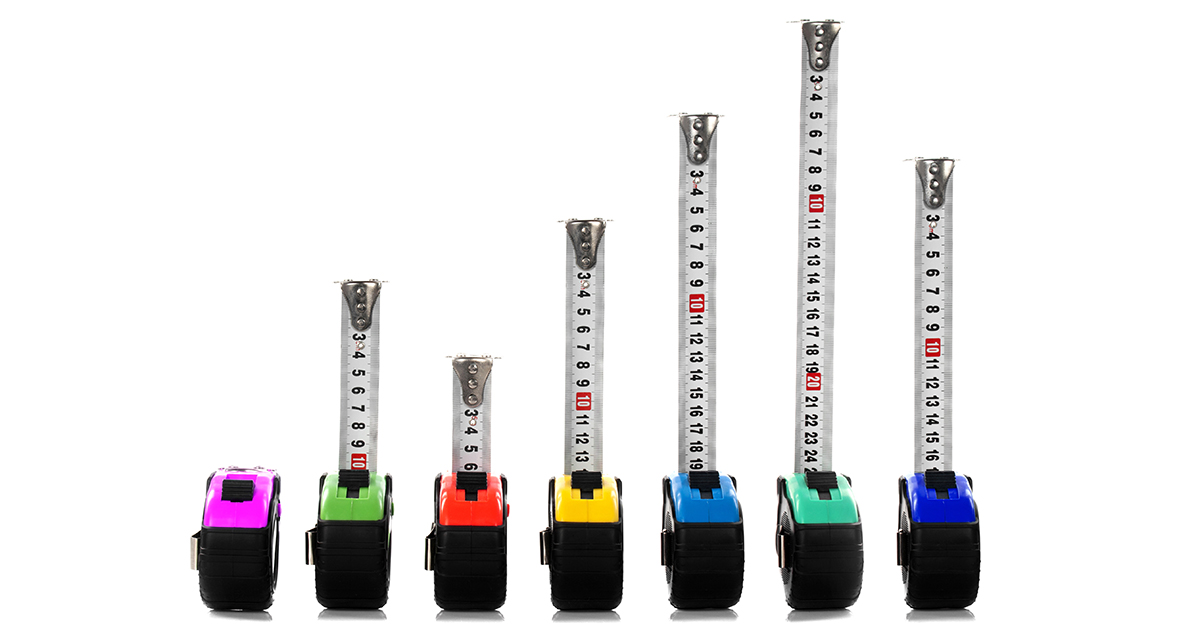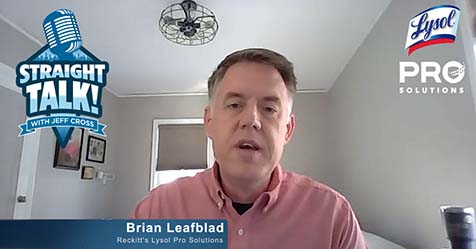While cleaning for health (CFH) is critical to protect the well-being of facility occupants, service providers often struggle to define its purpose and explain how it reduces exposures to specific unhealthy indoor elements.
Building service contractors (BSCs) and in-house facility service providers who can define what a CFH program means to their customers and stakeholders create a powerful, value-added benefit that can improve the bottom line of their business or organization. Cleaning professionals can start this process through the application of verifiable metrics to measure the cleanliness of a surface or facility.
Primary metrics, or indexes, that meet the requirements of many CFH programs include bioload exposure indexes, indoor air quality indexes, and localized exposure indexes.
Developing the bioload exposure metric index
The bioload exposure metric index (BEMI) is under development by the 501c3 (pending) Indoor Exposure Index, a nonprofit organization creating and applying indoor exposure indexes to safeguard human health and safety. BEMI focuses on reducing potential bioload-soil exposure from surfaces, determined through adenosine triphosphate (ATP) sampling and averaging. The BEMI provides a metric that reflects the average hygienic condition and cleaning levels. ATP-related bioload levels act as an inclusive proxy for various contaminants, such as organic, microbial,
particulate, and chemical soils.
The BEMI number is crucial as it encompasses key pollutants, including pathogens. The BEMI concept will be supported by thousands of ATP measurements taken in the field, translated into a
1-10 bioload exposure metric index scale.
To arrive at BEMI, take multiple surface samples measuring ATP levels in specific areas and record the findings in each area. Average ATP levels enable the BEMI one to 10 scale, where lower
numbers indicate lower ATP concentrations.
Since ATP is a proxy for bioload, its measurement is also a proxy for other types of soils. By detecting ATP, one can infer the cleanliness level and the presence of other soils.
The averaged ATP levels determine a representative bioload level for each surface and area, called the localized verified exposure (LOVE) index. The BEMI LOVE index number is specific to sampled areas and potentially impacts people in those areas. ATP measurement standardized to a BEMI LOVE number is a valuable tool in maintaining high cleanliness standards and is a neutral metric.
Implementing the IAQ exposure index
An indoor air quality exposure index (IAQ-EI) measures and categorizes levels of indoor air pollutants in real-time, providing an easy-to-understand metric that highlights airborne
contaminants. Air quality is crucial as we inhale approximately 2,000 gallons of air each day, according to the American Lung Association, significantly more than the combined amount of
water and food we consume in a day.
The IAQ-EI is enhanced by advancements in air quality monitors, including wall-mounted units that detect particles as small as 0.1 microns. These particles include bacteria, mold, and
pollen and are associated with viral loads that transmit infectious diseases. Advanced air quality monitors also can be equipped with modules that increase sensitivity to specific contaminants,
forming an effective IAQ Index.
By collecting real-time data and integrating it with building systems, an IAQ-EI can help manage airflow, ventilation, and air purification systems, reducing the spread of infectious illnesses and other harmful exposures.
The IAQ-EI augments the U.S. Environmental Protection Agency’s (EPA) outdoor Air Quality Index (AQI). While the AQI measures outdoor air quality, the IAQ-EI focuses on indoor spaces.
Follow these steps to determine IAQ-EI:
- Set up air monitoring using localized wall-mounted devices that sample in real time to analyze air quality and detect pollutants.
- Integrate these monitors with building systems and purification units connected through wifi.
- Ask manufacturers of integrated air monitoring and purification systems to provide weighted metrics for pollutants to help you understand distribution patterns.
Selling a better bottom line
CFH customers hire cleaning companies based on their specialties. Ask yourself what these indexes or metrics are worth to your customers.
For instance, since medical facilities should be the ultimate customer for a CFH program, it’s important to note the two main cleaning-related
needs within healthcare:
- Cleaning and disinfecting surfaces.
- Protecting air quality.
Calculating risk
Cleaning for health is about reducing risk. Risk management follows a simple formula: risk = hazard x exposure + vulnerability. However, it’s difficult to quantify cleaning-related risk for the
general population.
Implementing the neutral exposure indexes described above is the best solution for detecting potential hazards. These metrics help create a comprehensive framework for assessing and promoting health in CFH-maintained environments. Measured CFH programs can lead to cleaner and more productive spaces—and most importantly, healthier workers and customers.




